Bong Joon-ho’s “Mickey 17” is a science fiction satire that strips away the illusions of progress to reveal a world built on disposability—of labor, of bodies, of morality. The film follows the rhythmic precision that Bong is known for—a slow-burning dance of images and voiceovers. Fragments of thought float through the film, unfolding in slow motion, demanding the viewer to absorb every detail.
The film pulses like a music video, but beneath its stylized surface lies a cold, unrelenting logic. Every frame is deliberate, every cut a calculated stroke in Bong’s sharp-edged critique. And just like his previous films, at its heart, it is a study of class, power, migration, and absurd ethics the society is built upon. A world where the idea of being expendable is not just a function of survival but a political design.
The main narrative begins with an act that defies nature—Mickey is printed, not born. But this is not birth, only replication. Mickey exists only to serve, to die, to be replaced. His body, assembled through technology, bypasses the biological process yet retains all the psychological weight of human existence. This act of creation is not sacred but mechanical, stripping away the responsibility of killing by replacing it with an industrial process. The system has no need for murder when it can outsource death.
Mickey’s role is clear: he exists to be sacrificed. Every iteration of him is a step toward an illusion of progress. A mechanism that allows the powerful to maintain their distance from violence while profiting from it. It is a burden that echoes the historical treatment of migrants and the working class. Those deemed necessary yet never valued beyond their function.
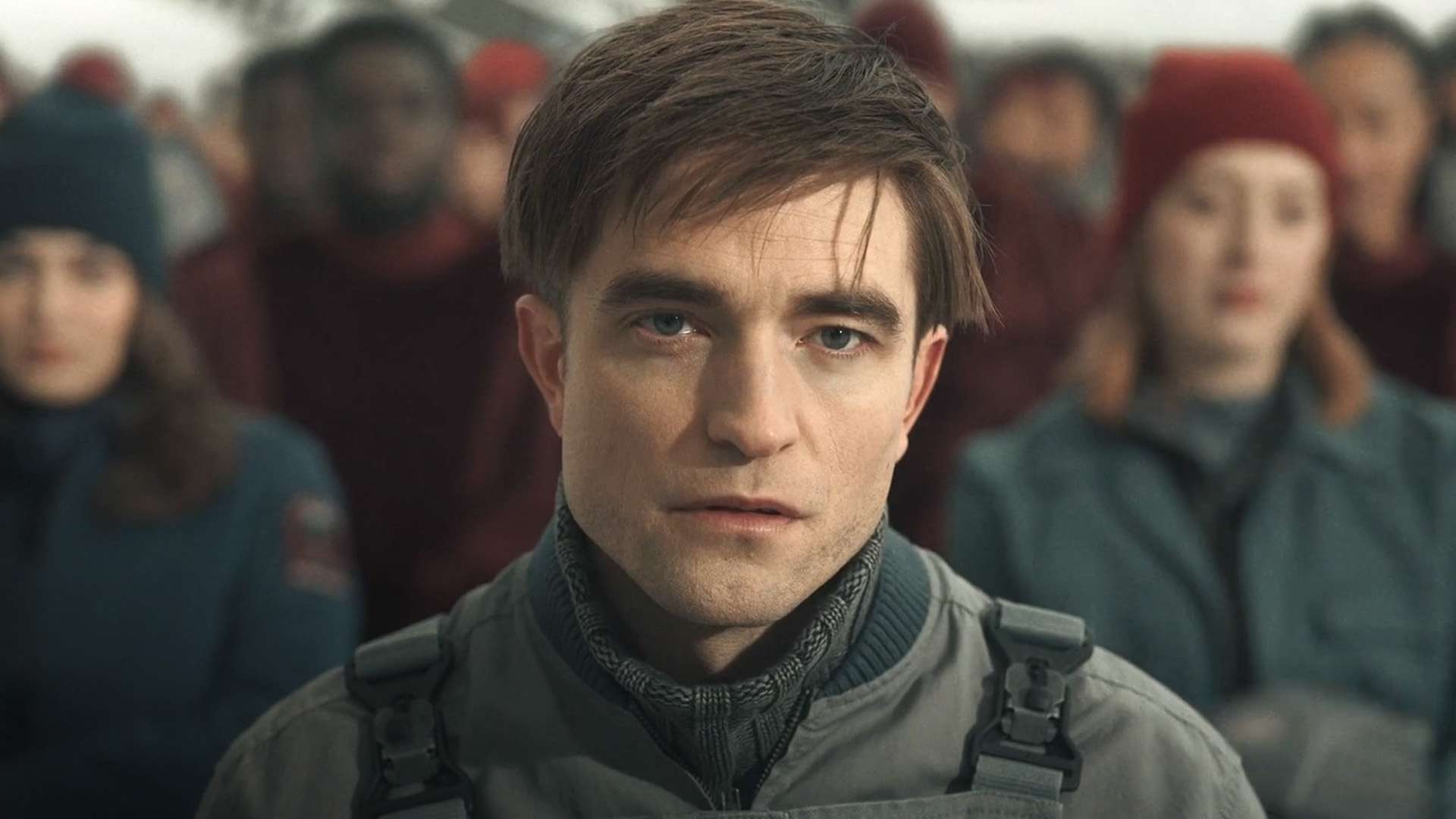
The ship carrying Mickey and his crew is a vessel of forced migration, an irrevocable exile into the unknown. Colonization is the end goal, but survival is its pretext. These travelers, cast out from their past, are in search of a new world to conquer, much like those who have historically crossed borders not by choice, but by necessity. The journey is permanent, like a one-way asylum application in space.
The film does not offer the fantasy of a utopian settlement. Instead, it exposes colonization as an extension of hierarchy. The new world is not a fresh start but a mirror of old power structures. Where even in deep space, whiteness, authority, and capital dictate existence. Mark Ruffalo’s character embodies this ego in its most grotesque form (A nod to Trump and Musk). His character, a political leader whose presence is a satire in itself, is so absurdly detached from reality that he must leave Earth entirely just to be taken seriously. The man’s rhetoric of leadership is nothing more than a contemporary white supremacist manifesto rebranded as a futuristic vision.
His god complex does not fade with distance from Earth; if anything, it intensifies in the vacuum of accountability. His god complex is not his alone; he shares it with Toni Collette, whose hands shape both the sauces she cooks and the political manipulations she orchestrates. Together, they become the architects of a new civilization that carries the familiar promises of freedom, opportunity, and supremacy.
Also Read: 10 Best Robert Pattinson Movie Performances
Mickey has to die and reprint 16 times before we meet Mickey 17. His existence questions the limits of selfhood. If a body can be replaced, does the soul persist? His identity is an anomaly, legally controlled yet morally uncertain. The introduction of Mickey 18 complicates this further. He is not just another version but a fragmented consciousness, an accumulation of past grievances. Mickey 17 drowns in guilt, weighed down by self-doubt. He is a worker who has internalized the logic of his own oppression. He blames himself, punishes himself, and convinces himself that he agreed to this, that he signed the contract, and that the fault is his alone. Unlike him, Mickey 18 channels rage, embodying the inevitable resistance that emerges when the oppressed recognize their condition.
The film makes clear that multiplicity is not a crime in itself—only when it threatens control. For the elite, the concept of replication is a tool, a privilege, a means to extend their influence. But for the expendable, it is a sentence. A way to erase their suffering by replacing them before they can demand justice. The law exists not to prevent harm, but to regulate who is allowed to exist in excess.
Bong’s satire sharpens when it turns to the so-called “creepers,” the native inhabitants of the colonized planet. They are labeled before they are listened to. Small and seemingly harmless, their presence is dismissed, their intelligence ignored. And yet, when Mickey is abandoned by his own people, it is they who help him survive. Unlike the humans who see him as an object, they recognize him as something more.
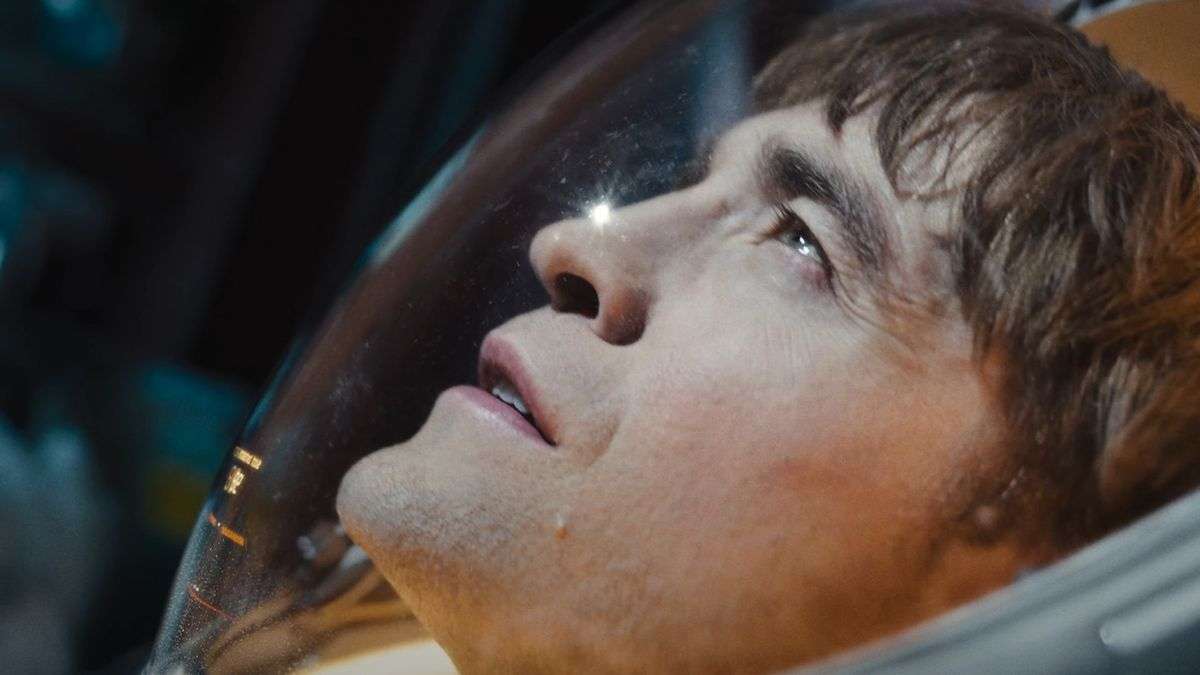
Despite this, they remain expendable to the colonizers. Their deaths are not seen as moral dilemmas but as logistical necessities. Ruffalo’s character, detached from empathy, sees them as obstacles to his authority. Here, Bong exposes the core contradiction of colonization: it claims to bring civilization but only by erasing those who were already there.
Even with an undisputably charming performance by Naomi Ackie, the weight of “Mickey 17” rests on Robert Pattinson’s performance. He is neither a hero nor a revolutionary, merely a man trying to understand his own existence in a world that refuses to acknowledge it. His naive sincerity makes him the only character the audience can grasp onto, even as he spirals into self-doubt. In contrast, the rest of the cast operates as caricatures. Exaggerated embodiments of power, greed, and moral decay. This is not a flaw but a necessity. The film’s satire works because its villains are grotesque, while its protagonist is painfully real.
Bong Joon-ho crafts a narrative that dances between humor and horror, its absurdity mirroring the contradictions of contemporary politics. “Mickey 17” does not ask whether humanity will survive—it questions whether survival is worth anything if it comes at the cost of our own humanity. In the end, it is not the technology or the interstellar voyage that feels most distant, but the idea that empathy could ever outweigh power.
As the credits roll, the audience is left with a lingering unease. Perhaps that is Bong’s greatest trick—not to make us fear the future, but to recognize that it has already arrived.



![The Old Man Movie [2020]: ‘Fantasia’ Review – A lactophilic expedition full of absurdist humor](https://79468c92.delivery.rocketcdn.me/wp-content/uploads/2020/09/The-Old-Man-Movie-Review-highonfilms-2-768x415.jpg)
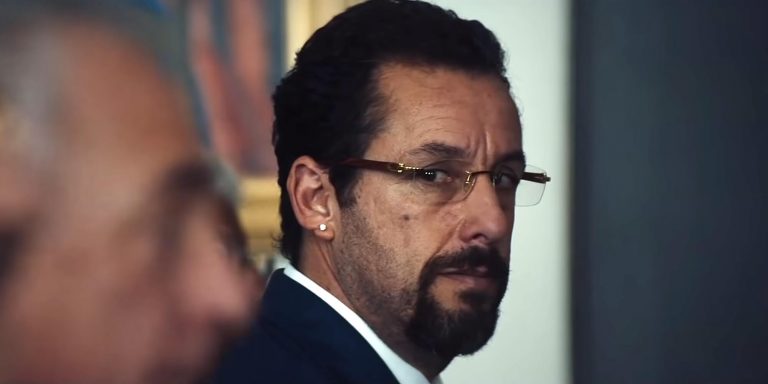
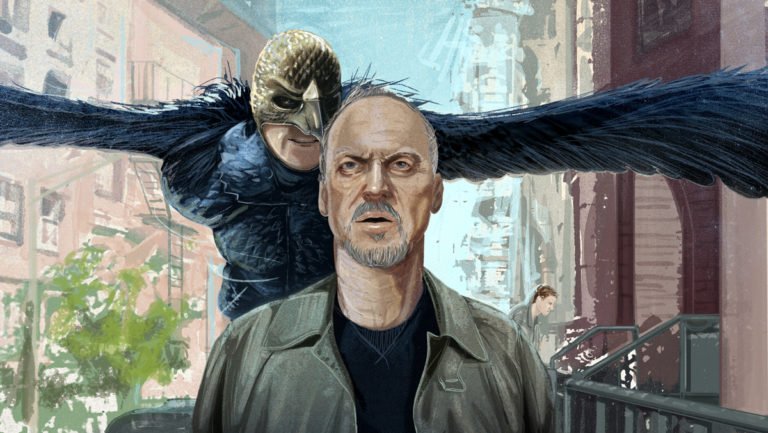
![Emergency [2022]: ‘Sundance’ Review – An Intense, first-hand look at the black-experience](https://79468c92.delivery.rocketcdn.me/wp-content/uploads/2022/01/Emergency-Sundance-1-768x432.jpg)
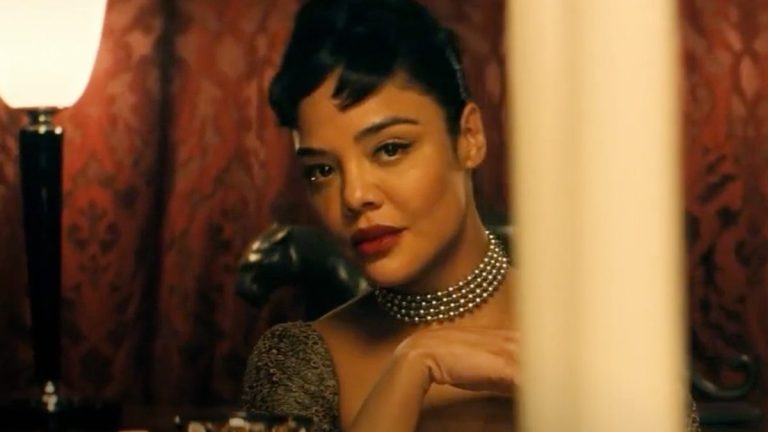
![Old Strangers [2022] Review: An Anemic and Underwhelming Post-pandemic thriller](https://79468c92.delivery.rocketcdn.me/wp-content/uploads/2022/01/Old-Strangers-2022-768x384.jpg)